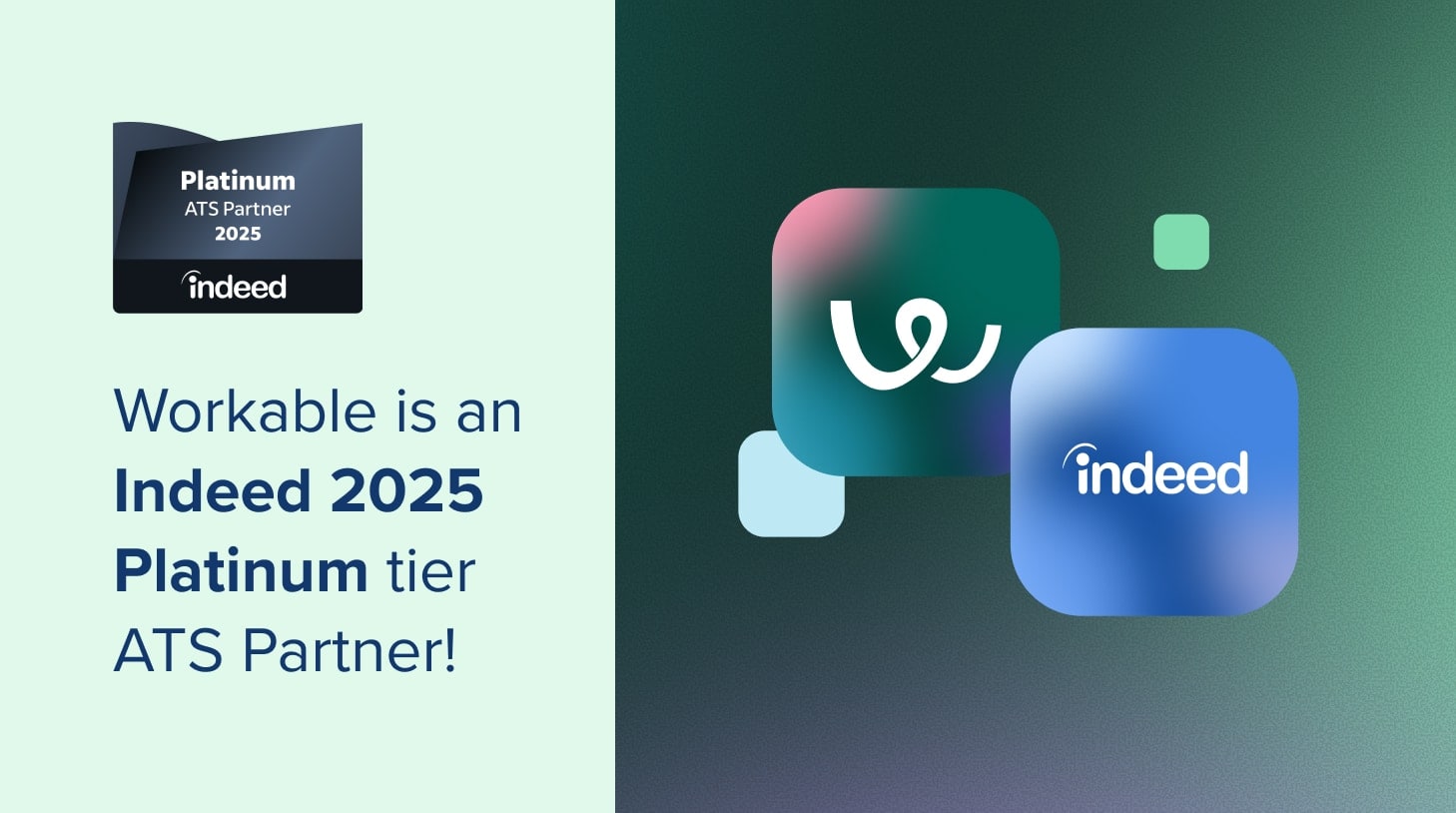The ‘new’ world of work: Did it happen as predicted in 2020?
This is part 10 of a series of blog posts pulled from our extensive New World of Work 2022 Survey Report. Here, we explore what employers thought the ‘next world of work’ would look like and the extent to which those predictions became true.

A core theme of our report from two years ago was about the anticipated paradigm shifts in the new world of work resulting from the pandemic, and the many ripple effects that cascade from that.
We have those insights in spades. A huge focus at the time were remote work and digital transformation.
And now, after conducting the same survey two years later, we’re able to see how things actually changed.
First, let’s quickly look at an interesting quote. In 2020, at the inaugural World Economic Forum Pioneers of Change summit, Christine Lagarde was quoted as saying:
“If we get the policy mix right, hopefully we will protect the economy in the aggregate, but we will not prevent it from being transformed. We need to focus on that so that those transformations are not scars but transformations for the better.”
Christine was referring to digital transformation specifically – but she might as well be talking about overall transformation of the world of work.
Now let’s look at the data:
Contents
No going back to ‘before times’
In 2020, just one in 25 respondents (3.9%) said their industry wouldn’t return to normal at all.
Now, 22.7% say their industry either hasn’t returned to normal, or moved to a “new” normal.
Likewise, only 3% of businesses in 2020 said their business and operations wouldn’t return to normal at all – compared with 19.7% who now say their business and operations still haven’t returned to normal or they’ve moved on to a “new” normal now.
Remote not nearly as paradigmatic
At the risk of sounding redundant, 71.1% said remote work would be one of the main paradigm shifts going into the post-COVID work environment in 2020.
Now? Just over half of all respondents (54%) say that this actually was a real paradigm shift.
Of course, there’s been a significant push by many companies to a hybrid model or even a full return to office. Hybrid wasn’t really in the lexicon in 2020 – and also, at the time of that original survey, many companies were scrambling for stopgap solutions and it was looking like remote would be one of the stickier solutions. More on that below.
The benefit of benefits
Another notable upward change is seen in benefit plans – 39.3% now choose that as a major change compared with 27.5% two years ago.
It’s an indicator that employers are recognizing the need for greater employee engagement in the workplace – with benefits being a part of that.
The rise of async
But the biggest shift upwards is the rise of asynchronous work and operations, with a combined 28.4% of respondents citing asynchronous processes as a major paradigm shift compared with just 16.6% two years earlier.
What does all this tell us?
This tells us that the initial shift to remote was a snap reaction to the pandemic, and while predicted to be the biggest change in the workplace, it may have instead been a longer-term stopgap towards a hybrid working world as the ultimate paradigm shift.
Perhaps the development of hybrid is a result of the nuanced changes that came with having employees distributed across different locations – including working with someone who you may never meet or with someone in a wholly different time zone. Hence the growth in ‘asynchronous’ work.
Ultimately – yes, if we can borrow a line from Yeats: the work world has changed, changed utterly.
And it’s still changing. It may not be as torrid as during the period between 2020 and 2022. But we can look at it this way – earthquakes are a consequence of tectonic shifts. COVID-19 was the earthquake that forced companies to adapt quickly to survive. Now, we’re not feeling as many earthquakes, but the tectonic shifts are still happening beneath the surface.




